Hello :(
hello :(
i feel like i'm burning up with fever, but i'm actually not sure (since we don't have any thermometers around. lol) but today should be good. i can feel that today would be good, just not to me. 😂 just kidding, i need to go now!
please take care, dress warmly, and don't get sick! 💖
More Posts from Isang--mag-aaral and Others
“I was meant to help, not hurt.”
“You don’t have to be so gentle with my hand. You can squeeze it if you want.”
“I was attempting to be poetic. Did it not work?”
“When the sky is a dark blue and the city lights almost hurt my eyes, I feel at ease.”
“It’s so hot outside, I’m more puddle than human.”
“Stop flirting with my roommate. They’re a villain!”
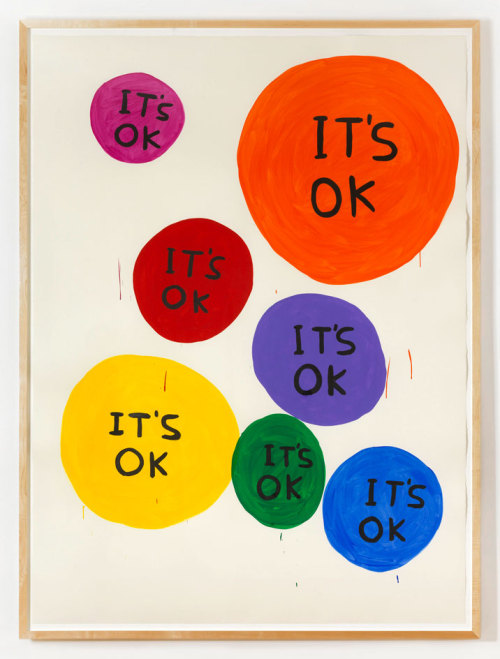
David Shrigley

Study Techniques:
SQ3R Reading
The Pomodoro technique
Online Pomodoro timer
Feynman Technique
100 Things to do in your study break
Develop active learning strategies
Cramming (last minute option)
Study Methods, Tips, and Resources:
How to make flashcards (electronic and paper)
What to write on flashcards
Uses for flashcards
Creating and using mindmaps
Studying using textbooks
The benefits of textbooks
How to annotate
Tools for referencing
Tips for visual learners
How to read journal articles critically (by marielstudies)
Top 5 Study Tips to Achieve your Study Goals
How to pull an all nighter
How to pull an all nighter (2)
Studying vocabulary
Study guides
How to create a study guide (by studyspoinspo)
Using whiteboards
Assignment Calculator
Learning how to learn (by strive-for-da-best)
Get good grades (Youtube)
Memory:
Learn how to memorise and find the memory techniques that work best for you.
Here’s an interesting article about long term memory.
6 research tested ways to improve your memory.
Here’s an ask about how to memorise material.
An ask about forgetting material within a few hours.
Some memory tips (by astackoftextbooks)
Learn instead of memorising
Thinking and memorising
Time Management:
How to prioritise tasks
Apps for scheduling
Creating a revision timetable
A post about making a timetable (by grxeek).
How to keep your revision focused
An online study planner.
Motivation/Procrastination:
Reasons to study
Blocking apps/extensions for phones and computers.
Reasons to study now
10 tips for getting started on an academic task
How to deal with family distracting you from study
How to stop procrastinating (Youtube)
10 Tips for managing procrastination
Questions to ask yourself for motivation
How to improve your concentration
Quick concentration tips
Get Motivated (Wikihow)
Choosing the appropriate study environment
Short and sharp motivation
Stress Relief:
Stress relief techniques and ideas
The 10 Best Yoga Poses for Stress Relief
Relaxing Yoga Poses for Beginners
20 Easy Steps to Stress Relief
Relaxation Techniques
23 Science Backed Ways to Reduce Stress
25 Destressing Techniques
Deep Breathing Exercises
Three Guided Relaxation Videos
Vent Anonymously Online
A sleep calculator here which will calculate when you should go to sleep/wake up (depending on what you’re working out) based on sleep cycles. This will make sure that you wake up refreshed and ready to work.
Problems with sleep
Failure anxiety
Do nothing for 2 minutes
Calm (meditation site)
Health:
There’s also some information here about studying with mental illness from MIND.
There’s a really great post here about depression in university (by landofstories)
There’s a similar post here about studying with depression (by bloggerforstudentprogress)
Studying with ADHD
Studying maths with dyscalculia
Managing test anxiety
Self help: test anxiety
Emergency Compliment (for when you’re feeling down)
Studying with dyslexia
Revision and exams for people with dyslexia
Study skills for dyslexic students
How I coped with OCD at university
Study skills and OCD
Study skills and OCD PDF
Music:
Nature sounds in calmsound
Sounds of rain
Beethoven
Coffee shop sounds
More coffee shop sounds
Mix sounds (soundrown)
Sounds of the ocean
Whitenoise
Study mixes on 8tracks
Music to boost concentration
For the exam:
Exam preparation
Exam life hacks (by studyblob)
The best ways to prepare for exams
Exam tips
The day before an exam
Tips on Taking Multiple-Choice Tests
How to write a great essay (by englishlit-chic)
Psychology Essay Exams (gives an example and how to answer)
Looking after yourself after exams
Oral tests and exams
Writing and presenting a good speech
Links, Games, etc.:
Live panda camera (for destressing; you wouldn’t believe the amount of time I spend watching this camera).
Live animals
Try to find the ten gnomes
Origami
Create your own nebula
Easy magic tricks
DIY Home Spa (BY @recoverykitty)
Brownie in a cup
Cookie in a cup
executive dysfunction is telling yourself for two and a half hours that you need to shower bc you smell like your workplace and you absolutely Cannot do Anything Else until you shower, doing Any Other Thing before showering is illegal!!! but you still haven’t for some reason??? you’ve just been sitting on your bed in a towel scrolling tumblr for 2+ hours thinking “I need to shower right now immediately” and growing increasingly frustrated that you are still not clean and you haven’t eaten or done your laundry either
There should be a thing like Comic-con but for languages. There’d be booths which sell language books and dictionaries, some with natives talking about culture, talks about indigenous languages. And when you enter you’re given some badges saying which languages you speak. Aaand there could also be some mini introduction courses to languages… Omg I need this

HOW TO WRITE A HIGH-GRADE RESEARCH PAPER
~~~~~~~~~~~~~~~~~~~~~~~~~~~~~~~~~~~~~~~~~~
The first time I had to write a research paper for university was one of the most stressful experiences I’d ever had - it was so different to anything I’d ever done before and caused me so much anxiety! It turned out that I’m pretty damn good at writing research reports and I’m now looking to pursue a career in psychological research.
I have never received less than a First (or 4.0 GPA for you American studiers) in my research papers so I thought I’d share my top tips on how to write a kick-ass, high-grade research paper.
*disclaimer: I am a psychology student, my tips are based on my personal experience of writing up psychological research (quantitative and qualitative); therefore, they may require some adaptation in order to be applied to your field of study/research*
These tips will be split up into the different sections a research paper should consist of: abstract, introduction, methods, results, discussion.
ABSTRACT
The aim of an abstract is to summarise your whole paper - it should be concise, include key-words, highlight the key points of your paper and be written last.
When I say concise, I mean concise! The abstract is what other students and researchers will read in order to decide whether your research is relevant their own work and essentially determines whether or not they’ll read on - they want to know the key details and don’t want to be overwhelmed with information.
I always aim to keep my abstracts under 250 words. I set myself this limit to stop myself waffling and dwelling on unimportant points, it helps me to be really selective of what I include and ensures I’m gripping the reader from the start.
Your abstract should discuss the research rationale, the methods and designs used, your results and the general conclusion(s) drawn. One or two sentences on each of these topics is enough.
Make sure you’re using key-words throughout your abstract as this will also help the reader decide whether your work is relevant to theirs. You can make key-words super obvious by highlighting them in a key at the bottom of your abstract (see below) or just used jargon consistently. Using key-words is also important if you’re looking to get your work published, these words will help people find your work using search engines.

Finally, write your abstract last! An abstract is a summary of your whole research paper which makes it practically impossible to write well first. After writing the rest of your paper, you will know your research inside and out and already have an idea of what key things you need to highlight in your abstract.
INTRODUCTION
For me, the introduction section is always the most intimidating to write because it’s like painting on a blank canvas - massively daunting and leaving you terrified to make a mistake!
The aim of an introduction is to provide the rationale for your research and justify why your work is essential in the field. In general, your introduction should start very broad and narrow down until you arrive at the niche that is your research question or hypothesis.
To start, you need to provide the reader with some background information and context. You should discuss the general principle of your paper and include some key pieces of research (or theoretical frameworks if relevant) that helps your reader get up to speed with the research field and where understanding currently lies. This section can be pretty lengthy, especially in psychological research, so make sure all of the information you’re including is vital as it can be pretty easy to get carried away.
This background should lead you onto the rationale. If you’ve never written a research paper before, the rationale is essentially the reason behind your own research. This could be building on previous findings so our understanding remains up to date, it could be picking up on weaknesses of other research and rectifying these issues or it could be delving into an unexplored aspect of the field! You should clearly state your rationale and this helps lead into the next section.
You should end your introduction by briefly discussing your current research. You need to state your research question or hypothesis, how you plan on investigating the question/hypothesis, the sample you plan on using and the analysis you plan to carry out. You should also mention any limitations you anticipate to crop up so you can address these in your discussion.
In psychology, references are huge in research introductions so it is important to use an accurate (and modern as possible) reference for each statement you are making. You can then use these same references in your discussion to show where your research fits into the current understanding of the topic!
METHODS
Your methods section should make use of subheadings and tables where necessary and should be written in past tense. This can make the (potentially) lengthy section easier to navigate for the reader. I usually use the following headings: participants, materials, design, procedure.
The participants section should describe the sample that took part in your research. Age, gender, nationality and other relevant demographic information should be provided as well as the sampling technique. Personally, I use a table (see below) alongside my continuous prose as an alternative way of viewing my sample population. Please note, if you’re using a table make sure it adheres to your university guidelines.

The materials section of your methods should include any equipment, resources (i.e. images, books, diagrams) or any other materials used in your data collection. You should also reference the program that helped you conduct your analysis. For example, if you are writing a qualitative research paper, you may want to include Microsoft Word in your materials if you use the program to transcribe interviews.
You should then describe the design used in your research. All variables should be identified in this paragraph, if relevant. You should also discuss whether your research is within-groups or between-groups, again only if relevant.
Last is your procedure section - the most important one! You must write this section with enough detail so that anybody could pick it up, read it and conduct the same experiment with ease. You should describe what participants were required to do, how data was collected and it should be written in chronological order! While it’s important to provide enough information, try not to overwhelm the reader with lengthy sentences and unnecessary information.
RESULTS
Your results section’s sole purpose is to provide the reader with the data from your study. It should be the second shortest section (abstract being first) in your research paper and should stick to the relevant guidelines in regards to reporting figures, tables and diagrams. Your goal is to relay results in the most objective and concise way possible.
Your results section serves to act as evidence for the claims you’ll go on to make during your discussion but you must not be biased in the results you report. You should report enough data to sufficiently justify your conclusions but must also include data that doesn’t support your original hypothesis or research question.
Reporting data is most easily done through tables and figures as they’re easy to look at and select relevant information. If you’re using tables and figures you should always make sure you’re stating effect sizes and p values and to a consistent decimal place. Illustrative tables and figures should always be followed by supporting summary text consisting of a couple of sentences relaying the key statistical findings in continuous prose.
DISCUSSION
The discussion section should take the opposite approach to your introduction! You should start discussing your own research and broaden the discussion until you’re talking about the general research field.
You should start by stating the major findings of your study and relating them back to your hypothesis or research questions. You must must must explicitly state whether you reject or accept your experimental hypothesis, if you have one. After stating your key findings you should explain the meaning, why they’re important and where they fit into the existing literature. It’s here that you should bring back the research you discussed in your introduction, you should relate your findings to the current understanding and state the new insight your research provides.
You should then state the clinical relevance of your research. Think about how your findings could be applied to real-life situations and discuss one or two practical applications.
After this, discuss the limitations of your research. Limitations could include sample size and general sample population and how this effects generalisability of findings, it could include methodological problems or research bias! These limitations will allow you to discuss how further research should be conducted. Suggest ways in which these limitations could be rectified in future research and also discuss the implications this could have on findings and conclusions drawn.
Finally, you need to give the reader a take-home message. A sentence or two to justify (again) the need for your research and how it contributes to current understanding in the field. This is the last thing your audience will read so make it punchy!
~~~~~~~~~~~~~~~~~~~~~~~~~~~~~~~~~~~~
That’s it folks! My tips for writing a kick-ass, high-grade research paper based on my personal experience. If you have any questions regarding things I’ve missed or didn’t provide enough detail of, then please just send me an ask!
Also, if any of you would like to read any of my past research papers I would be more than happy to provide you with them :-))
What are your top tips for dealing with a bad grade or failing a class? :-)
im crying because distance learning has been kicking my ass for FOUR semesters now, two of which i flunked.

No im not doing it i dont care






cuties
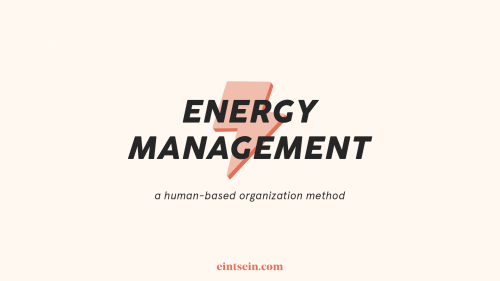
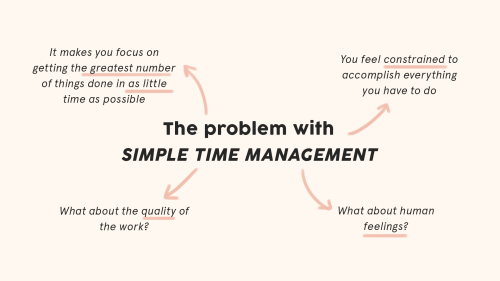
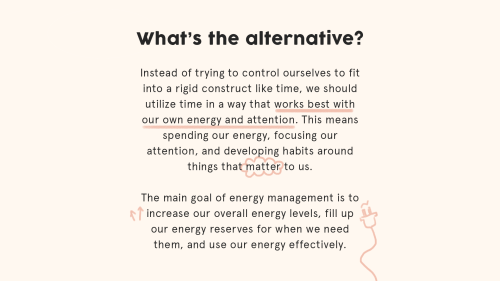
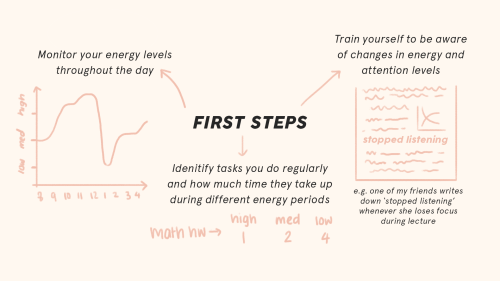
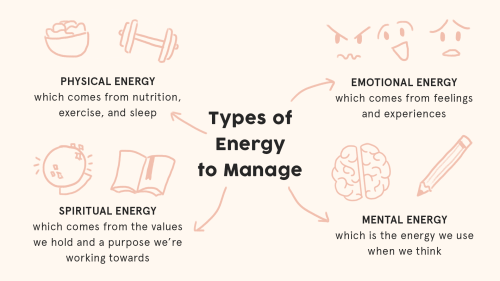
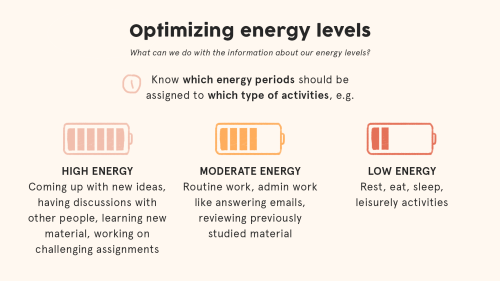
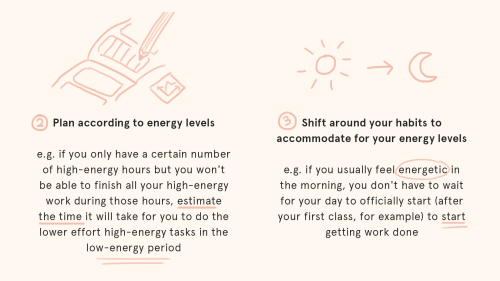
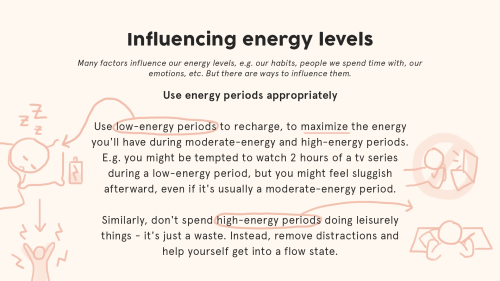
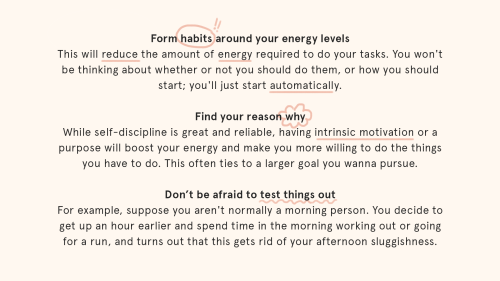
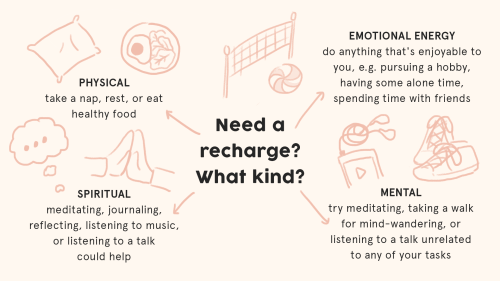
Energy Management
A human-based organization method
click on images for better resolution; images also available here (link to google drive)
Other posts that may be of interest:
Getting stuff done: How to deal with a lack of motivation
Flexible time-blocking: A more breathable way to get things done
The ABCDE Method
